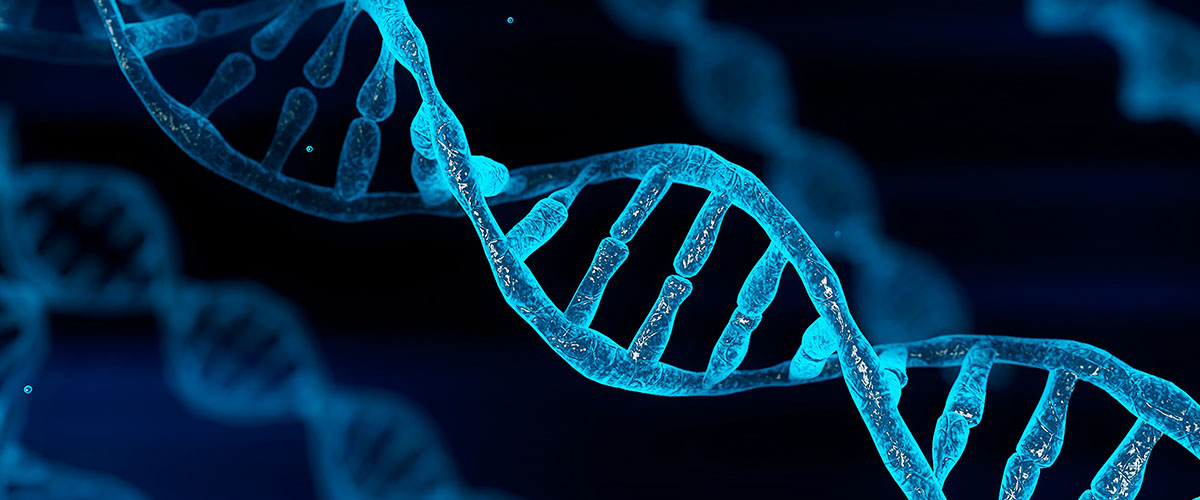)
High parameter spatial biology for assessment of immune contexture
Project Title: High parameter spatial biology for assessment of immune contexture
Project Duration: 2023-2025
MOHCCN Consortium: Atlantic Cancer Consortium (ACC)
Investigators: Dr. Dirk Arnold, Dr. Jeanette Boudreau, Dr. Sidney Croul (biobanking), Dr. Dan Gaston
(bioinformatics)
Partners: Dalhousie University
Aim/goals:
- To understand immune cell infiltration and localization in three different solid tumor types (ovarian cancer, colorectal cancer, pancreatic cancer)
- To define whether genetic alterations or mutational landscapes predict tumor immune contexture.
Summary:
Tumors are composed not only of malignant cells, but also structural components and surrounding tissue. Particularly interesting are the immune cells that infiltrate a tumor, and grow with it. Previous studies have revealed a survival benefit among patients whose tumors are infiltrated by immune cells, but these studies have mostly focused on a few immune cell types and not considered the nuanced differences that may occur within the regions of tumors, additional types of immune cells and how they may interact, and the relationships between tumor genetics and immune cell infiltration. Altogether, these features might inform patient prognosis or response to treatment, and enable more effective treatments for patients.
Modern technology now allows collection of high-parameter data to classify cells, subtypes and physical locations within the tumor, giving information with an unprecedented level of detail. By combining flow cytometry analysis with high-parameter spatial biology and computational analysis, we expect to be able to define the full complement of cells within the tumor microenvironment, their localization to the stroma or tumor epithelium, and their co-localization. Once collected, these patterns of localization will be compared with tumor genetic features within and across tumor types to define whether immunologic and spatial features can be predicted from the tumor mutational burden. By combining this analysis with genetics analysis completed for the Gold Cohort, we will ascertain whether tumor gene alterations inform immunologic landscapes.
